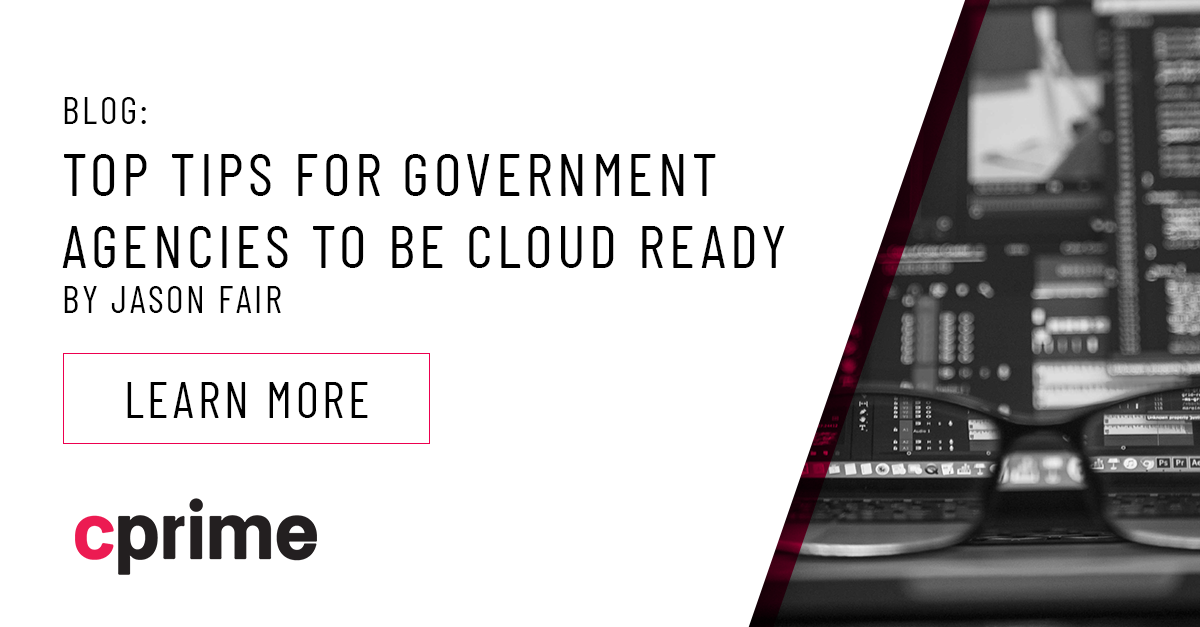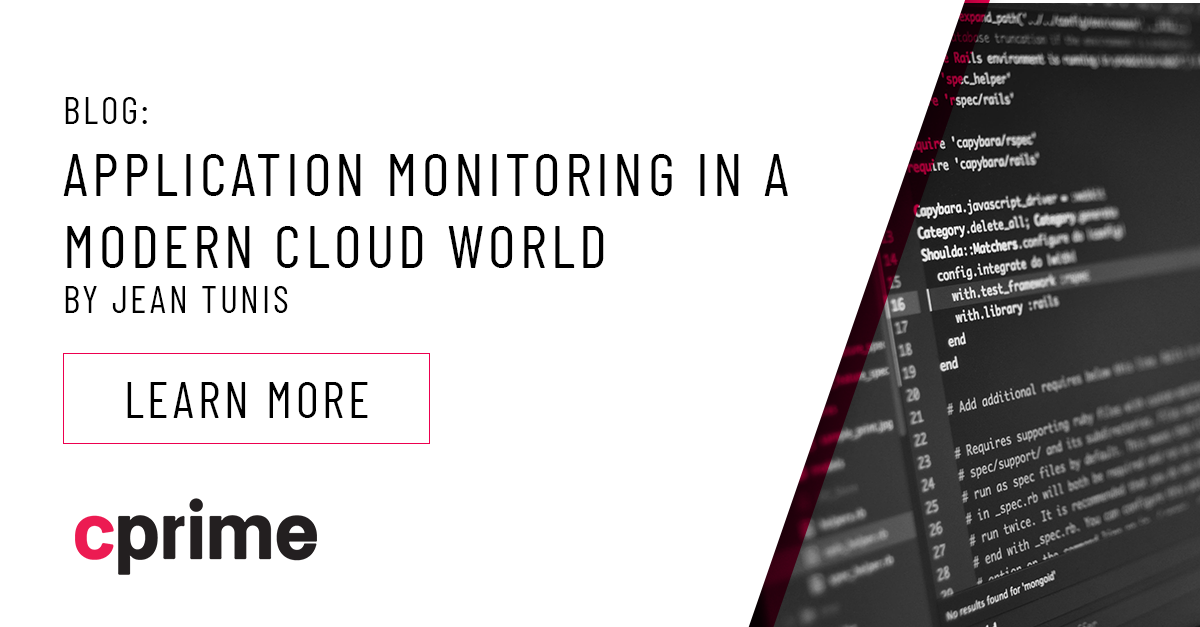How to Develop a Successful Cloud Migration Strategy
Cloud computing technology triggered a paradigm shift in IT resource and cost planning strategies. There is growing sentiment in favor of cloud data migration. The market was valued at $119.13 billion in 2020 and is expected to reach $448.34 billion by 2026, according to Mordor Intelligence.
What is a Cloud Migration Strategy?
A cloud migration strategy is a plan which a company develops to move its data and applications from on-premises architecture and servers to the cloud.
Scalability, increased effectiveness and business agility, faster implementation, mobility, and disaster recovery are just a few reasons to adopt a cloud migration approach. New opportunities for data migration have also been created by the rise of devices powered by the Internet of Things (IoT) technology in manufacturing industries and the telecom sector coupled with the relatively low cost of cloud migration solutions.
Cloud-based infrastructure can be beneficial for a company with remote workers and multiple and multi-national offices using a large number of IT solutions and platforms. However, it is important to validate whether moving to a cloud will be a winning policy for your business and its processes and routines, and, if so, to create a clear and feasible migration plan and formulate a systematic, documented strategy.
When Should You Consider Moving to the Cloud?
A quick list of reasons is:
- Cost reduction is the most common reason for migration. With cloud hosting, you don’t have to pay to keep physical on-site servers running and that can save a lot of money.
- Acquisitions/Divestitures often involve moving to the cloud to create a unified infrastructure for a corporate business structure.
- Centralized security and governance are also more effective through a unified infrastructure.
- Datacenter consolidation is a significant driver for data center migration to the cloud
- Large-scale computing workloads and capability enhancement that are not supported by your older environment or technology or which are too expensive or difficult with the existing systems can be achieved with cloud technology.
- Innovation, modernization, or a paradigm shift may be more easily achieved with a cloud solution that fits better with the long-term vision of the organization.
- Disappointment with a current service including poor customer support, unstable delivery, and other things that are not satisfied with your current service provider.
Cloud Migration Challenges
Cloud migration can be challenging. It requires a great deal of homework before you can actually move to the cloud server. But if you know how common data migration problems occur, you can ensure a smooth data and application migration. Here are some critical issues to be aware of:
- Downtime: When moving data to the cloud you might need to take in-house servers offline temporarily. If not supported by proper backup and resource allocation, such outages could be disastrous to application performance and could affect customer loyalty.
- Data vulnerability: You must take all possible steps to minimize breach risk by applying cloud security controls. Data loss is the worst-case-scenario when transferring a large amount of valuable data from one location to another. Losing confidential or private information that needs to be protected is a big problem, but the loss of essential data could also create a ripple effect that terminates portions of the migration process.
- Interoperability and compatibility issues: Your existing applications must communicate properly with a newer cloud environment. Compatibility problems may arise when different source systems, different coding, and unique data are blended into new infrastructure.
- Cost: Underestimating the scale and cost of the transition and the budget required for the project at the beginning of the project will likely result in project overruns in both time and money and can cause the project to fail.
Cloud Migration Benefits
Whatever the reason is for the migration, moving data and applications to the cloud can bring your company tangible advantages and measurable benefits. The scale of benefits achieved with cloud migration depends on the quality of your cloud migration strategy and migration plan. A few possible benefits include:
- Decreased hosting costs: You pay for the service and not for maintaining physical servers.
- Agility and scalability: Operational agility is a top driver for cloud adoption. Cloud-based services automatically scale capacity to your needs, ensure application updates and solve problems remotely with minimum downtime.
- Security: The cloud offers greater security than on-premise data centers Regular security updates ensure you can avoid security threats, and be free to take care of what matters most to your business.
- Reasonable resource use: Cloud server capacity scales up and down to fit your needs, so you only use the energy and resources necessary, thus reducing the environmental impact.
- Disaster recovery: The cloud provides backup and recovery solutions that take less time and upfront investment.
4 Important Steps in the Cloud Migration Process
The specific roadmap for your on-premise server to cloud migration (or even cloud to cloud migration) depends on a number of details such as company size, the complexity of its IT environment, number of tools and platforms used in business routines, etc. Yet, the basic steps of the cloud migration process are common for every company:
6 R’s of Cloud Migration Strategy
A successful cloud migration strategy relies on determining what your company needs currently and what it will need in the future. There are six common approaches to cloud migration, also known as the 6 Rs of cloud migration:
1. Rehosting (Also known as Lift-and-Shift)
This approach is often used by companies with large legacy migration scenarios where the applications are moved from on-premises hosting to the cloud. An exact copy of your current environment is rehosted to the cloud to scale the migration quickly and get the quickest ROI without making extensive changes. Most rehosting can be automated with tools (e.g., CloudEndure Migration, AWS VM Import/Export), although it can also be done manually to get a better understanding of how to apply a company’s legacy systems to the new cloud platform. This strategy is popular with companies using a conservative approach to IT or for companies that have no long-term strategy to utilize cloud capabilities.
2. Replatforming (Also known as Lift-Tinker-and-Shift)
This approach is a variation on lift-and-shift. You don’t change the core architecture of the application, but you do make a few cloud adjustments to optimize your cloud infrastructure and achieve some tangible benefits. This strategy is another choice for conservative organizations that want to adopt cloud capabilities gradually while achieving benefits immediately.
3. Repurchasing – Moving to a Completely Different Product
With this approach, you move your applications to a new, cloud-native Software as a Service (SaaS) platform. This strategy involves training your team on the new platform when you move from a highly customized legacy solution.
4. Refactoring/Rearchitecturing
This approach involves rebuilding your applications from scratch, typically using cloud-native features. This strategy is used by companies who need to leverage cloud capabilities but are unable to do it in their existing environment. Refactoring tends to be the most expensive option, but it can be the most beneficial for your business operations.
5. Retiring
If you find that some applications are no longer useful when moving to the cloud, just get rid of them. You can save money and resources for applications that are useful and ready for migration.
6. Retaining (Also known and Revisiting or Not Now)
Some organizations do not need to or simply can’t adopt cloud technology currently. The reasons can vary and can include compliance issues, too many apps, or not enough money to make a shift to the cloud. In this case, put the migration on the back burner and return to it at a later date. Cloud migration should be done only when it makes sense for your business.
Cloud Migration Checklist
If you’ve come to the conclusion that your business is ready to move to the cloud, how do you know if you’re ready to migrate? How can you ensure your cloud migration will go smoothly? Have you taken all the necessary steps to address cloud migration challenges?
Cloud migration can be simple and smooth if you have considered everything you need to in advance, but if your plan is half-baked it can result in unnecessary spending, loss of important data, or opening up of security holes in your infrastructure. There are certain steps that must be taken BEFORE you start a cloud migration and the following checklist can help you understand how the migration process should be done.
REVIEW AND ASSESS YOUR CURRENT INFRASTRUCTURE AND READINESS
You need to assess the state of your current business infrastructure to fully understand how it works and how migrating data and applications to the cloud will affect it. Adopting cloud technology might require changes in your entire business. Be sure new technology is really beneficial for your business processes and that your business is ready to deal with the process of moving to a new system.
DEVELOP A DETAILED CLOUD MIGRATION PLAN
A solid cloud migration plan is a sound foundation for a successful move. This plan should be the roadmap of your migration process, and it should take into account all artifacts, architecture, timelines, dependencies, support, and contingencies. It should carefully outline every step of the migration process, and you have to know clearly which data you’re going to migrate over first, and how long you expect the full migration process to take.
CONSIDER POTENTIAL SECURITY RISKS AND CONFIRM THAT YOU’LL MAINTAIN COMPLIANCE
Cloud providers have all the necessary security features, but being a bit paranoid is good when you are dealing with sensitive data. Check to see if you need a secure connection to enter your cloud environment or if you can simply use a public network to do so. If you need maximum security, there should be strict access control and authentication measures to prevent unauthorized users from accessing your data. If your data is protected under regulations like Health Insurance Portability and Accountability Act (HIPAA), Payment Card Industry Data Security Standard (PCI DSS), or Federal Information Security Modernization Act (FISMA), you have to be sure to maintain compliance as you move to the cloud.
PROJECT THE COSTS OF YOUR CLOUD MIGRATION AND GET YOUR TEAM AND YOUR SERVICE COMPANY READY FOR MIGRATION
Before moving your data to the cloud, estimate the cost of storing resources and operating processes inside the cloud, check if you can save money by replacing legacy solutions. Check if there are any additional or hidden costs. Make your team aware of the migration plan and train them on the cloud environment BEFORE you transfer everything.
PERFORM A TEST MIGRATION
Have the employees who will be directly involved in the migration perform a test migration. It might be a good idea to hire a cloud migration specialist to help make the transition easier. Perform migration and evaluate its results Find out if everything works as it was planned, and check that you’ve achieved all the projected benefits.
- Make a plan for your migration: Before getting into a new business or launching a new marketing campaign you would usually conduct market research and create a business plan. The same holds true for cloud migration. Define the reasons you want to migrate your data and applications to the cloud, develop a strategy to support your move, assess your current storage environment and calculate your future storage needs. If you don’t have enough expertise for these assessments, involve a specialist. It is better to spend a bit more at this stage than to pay more than necessary during the migration.
- Choose the cloud environment that fits your requirements: At this stage, you can choose what kind of cloud model you should adopt for successful migration and storage. You can choose from options such as a public cloud, hybrid cloud, private cloud, or multicloud (e.g., AWS cloud migration, Google, or Azure services) based on your current and future requirements.
- Perform data/application migration: Follow a detailed plan, keeping in mind all the challenges involved while complying with security policies. And don’t forget to perform a test migration first to avoid pitfalls.
- Validate the results: Check if everything works as expected after migration by comparing pre-migration and post-migration application performance.


